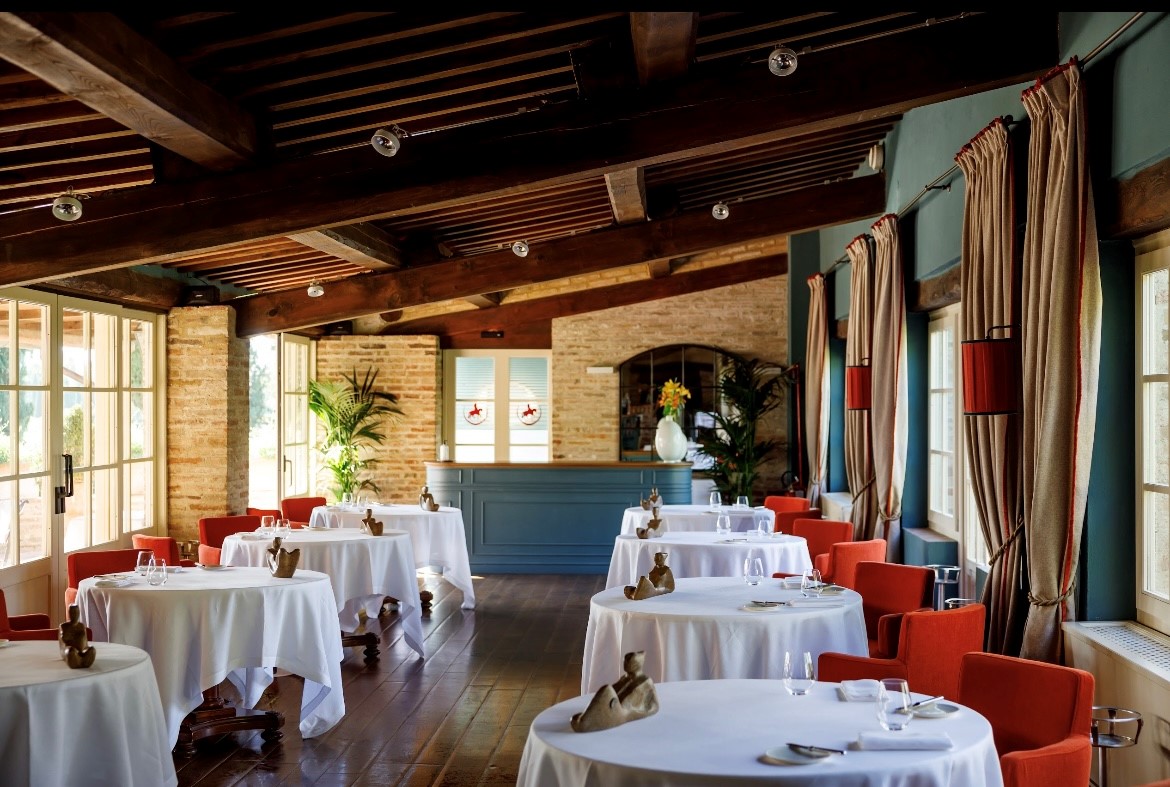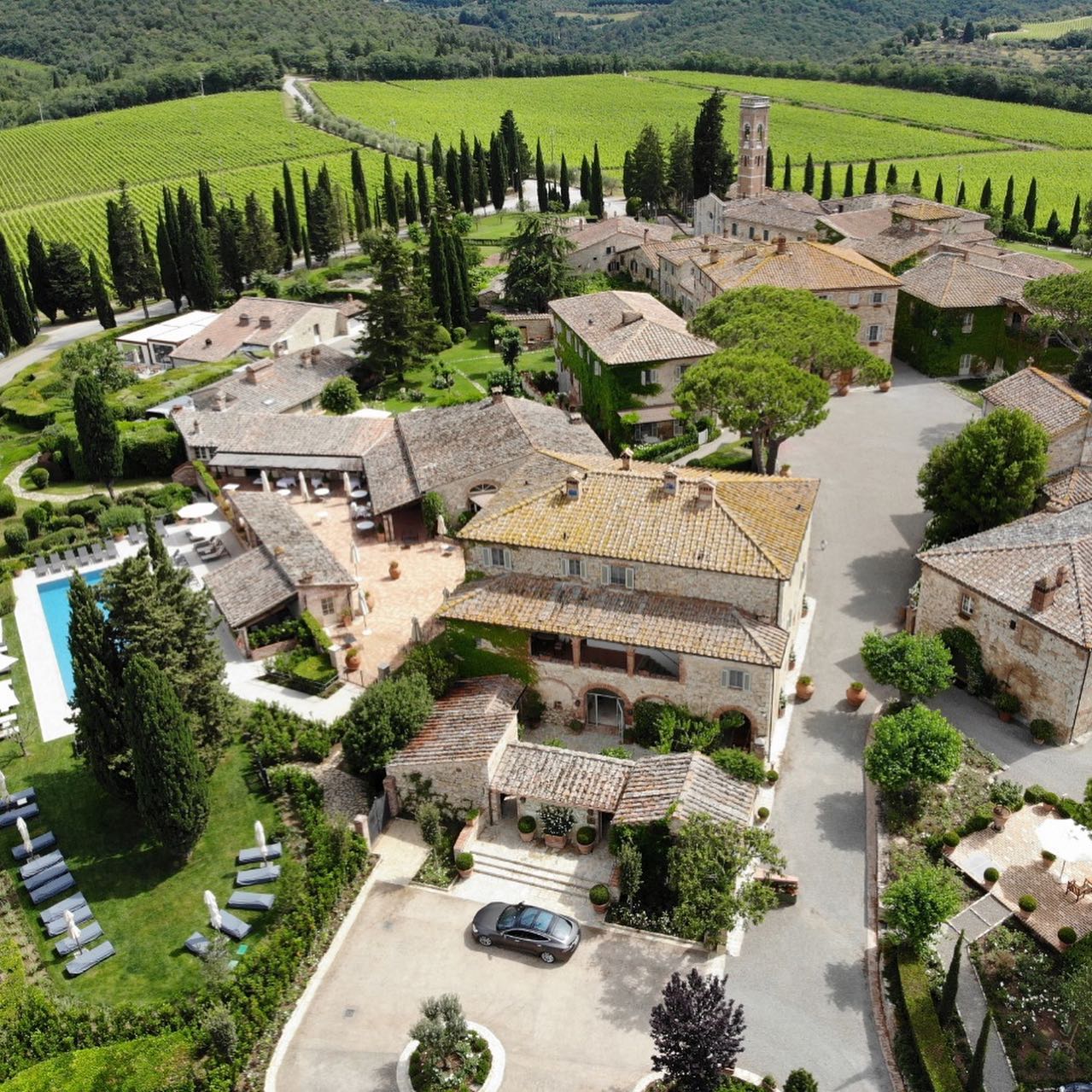When you picture the ideal Tuscan getaway, most imagine rolling hills, picturesque countryside spanning miles, endless vineyards, and an absence of modern buildings. But what if this were combined with nature walks in a tranquil forest, leading up to a very traditional Italian hunt? The art of the truffle hunt.
Borgo San Felice is the fairytale transformation of an ancient medieval hamlet into a five-star hotel, located in the Chianti Classico region that is part of UNESCO World Heritage, owned by the Allianz Group, with experiences transporting visitors to the late 70s and 80s, when the property acquired its first vines, weaving together the hotel’s rich historical fabric with its vibrant local culture.
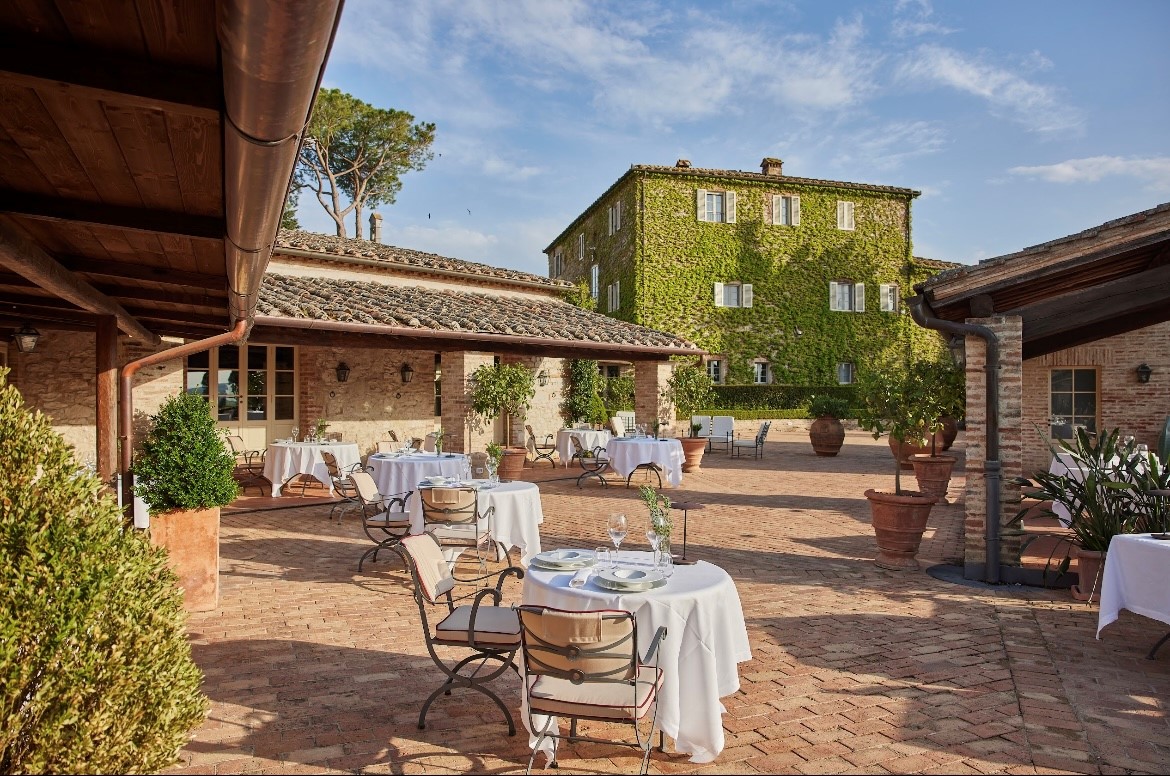
In 1992, San Felice became the First Relais & Chateaux in the Chianti Classico region as well as a Wine Resort. In addition to 29 rooms and 31 suites, the hotel includes Michelin star Il Poggio Rosso (and recent winner of the Michelin Green Star for sustainability, using non-recyclable materials, seasonal raw materials, and local suppliers) and Osteria del Grigio, both managed by Executive Colombian Chef Juan Quintero, in collaboration with multi-starred Chef Enrico Bartolini.
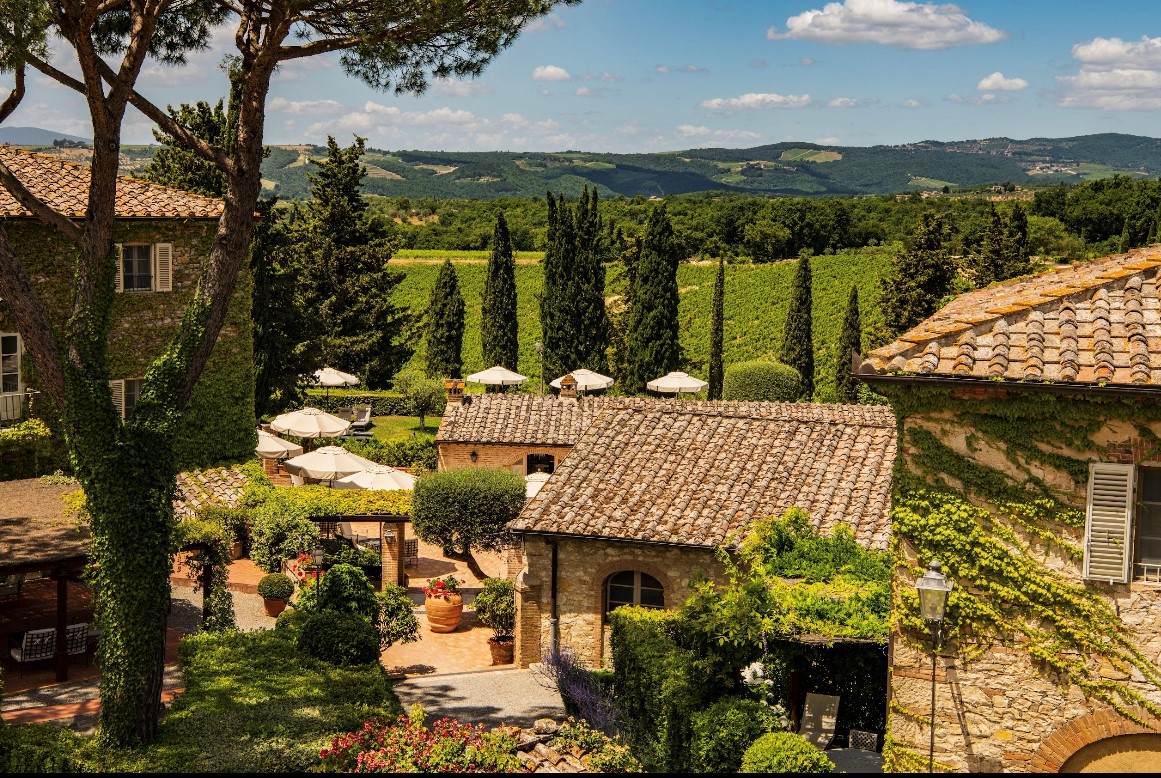
As an important wine-producing property that extends to 685 hectares of which 188 are vineyards, Borgo San Felice is located in the three best areas for grape production in Tuscany and is surrounded by 15,000 olive trees. Their local wine museum chronicles the evolution of winemaking, from the pioneering of the first Vigorello Super Tuscan in 1968 to the renowned Brunello di Montalcino.
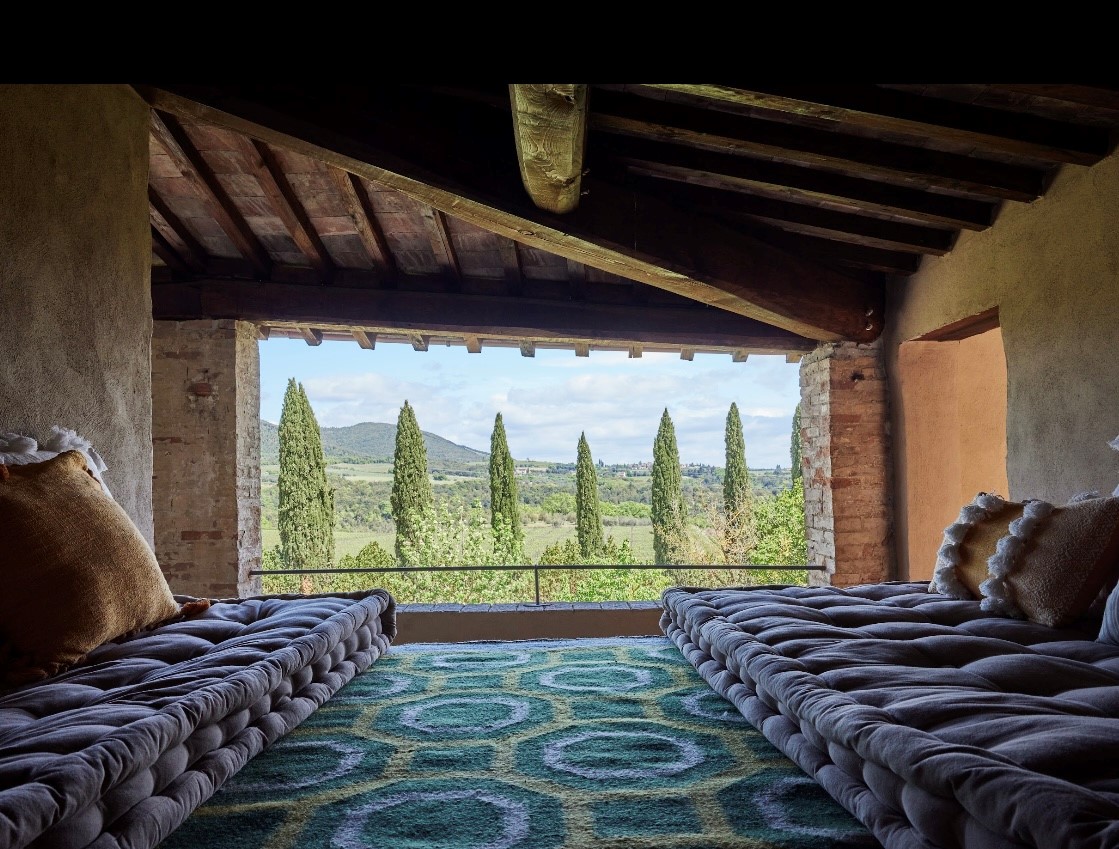
Straight out of a storybook, Borgo San Felice is an old village completely preserved in time, hosting multiple weddings every month in the charming church. Guests can visit a small house suspended in the vineyards, a secret spot for horse-and-carriage proposals. Villagers are warmly welcomed to visit the property, and Saturdays are particularly vibrant, with artisanal markets adding flair to the festivities.
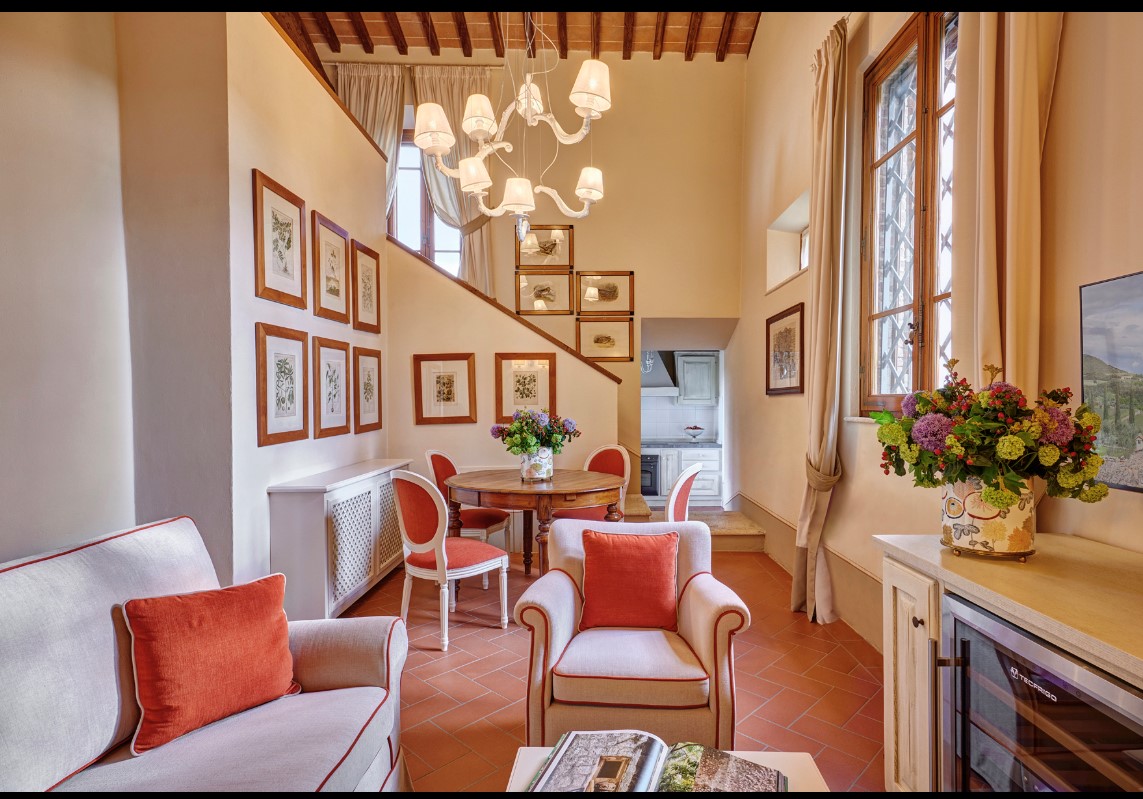
On the day of the truffle hunt, I was simply told to wear boots and was introduced to Roberto, an expert truffle hunter, and his 2-year-old skilled sniffing canine companion, Dora. I was excited to uncover these elusive gourmet treasures and learn more about the differences in value between black vs. white truffles, the ideal weather conditions for hunting, Tuscany’s diverse terrain— a haven for truffle enthusiasts, and of course, how chefs use truffles to create some of the most coveted and mouth-watering dishes in the world.
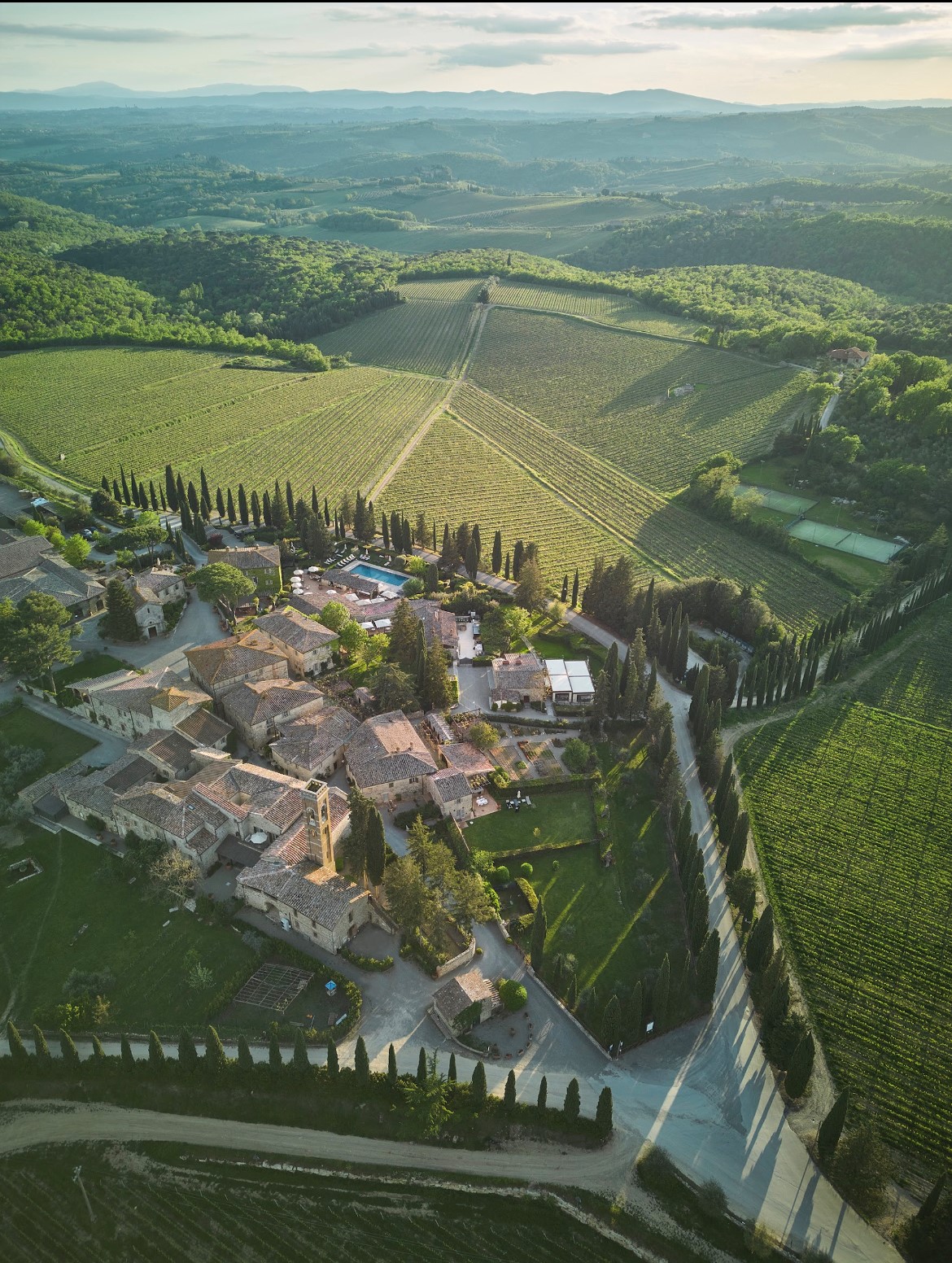
The symbiotic relationship between truffles and trees is enchanting. September 11th marks the end of the aromatic black truffle (Tuber melanosporum) summer season and the beginning of the white truffle (Tuber magnatum) season. Summer white truffle season begins mid-January and lasts through April. These rare fungi grow underground near the roots of oak and hazelnut trees, and Dora’s unearthing was a moment of pure natural delight.

Each type of truffle boasts a unique aroma, flavor profile, and culinary use, adding depth and richness to any dish. As I returned to Borgo San Felice with my bag of black mushrooms, I could smell the freshly harvested truffles and handed them to the chef to prepare lunch. The result? A beef tartare infused with the prized fungi, and tagliatelle with black truffle shavings, paired with the house rose.

Borgo San Felice infuses nature into every inch of the property. From regenerative viticulture and renewable energy sources to waste reduction and recycling initiatives, the property leads the way in environmentally conscious practices. The hotel uses a model of vineyard management based on the carbon cycle that regenerates the soil, prevents erosion, promotes biodiversity, and ameliorates climate change. Organic waste produced by the kitchens is re-used in composting, and the laundry service uses zero-impact production cycles, powered by energy and raw materials. Last year, the hotel reduced their waste output by an impressive 15 tons, for a greener future.
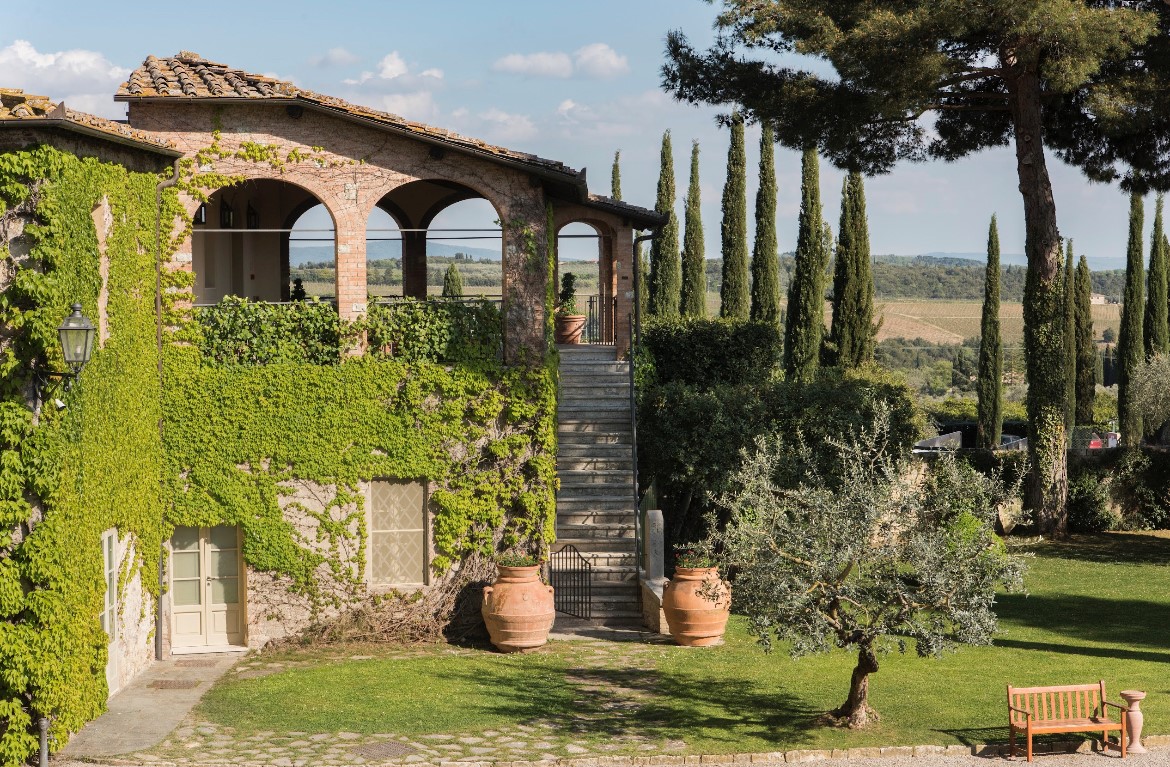
Touring the property, I discovered The Orto and Aia Felice social farming inclusion project, initiated by the Fondazione Allianz UMANA MENTE. Employing over 350 disabled workers and elderly community members in herb and vegetable cultivation, the initiative also preserves local farming traditions. It presents farm-to-table dishes at their in-house restaurants. The Picnic at the Orto experience for families involves visiting the farmyard and the animals at Orto and Aia Felice and discovering the flavor of freshly picked vegetables.
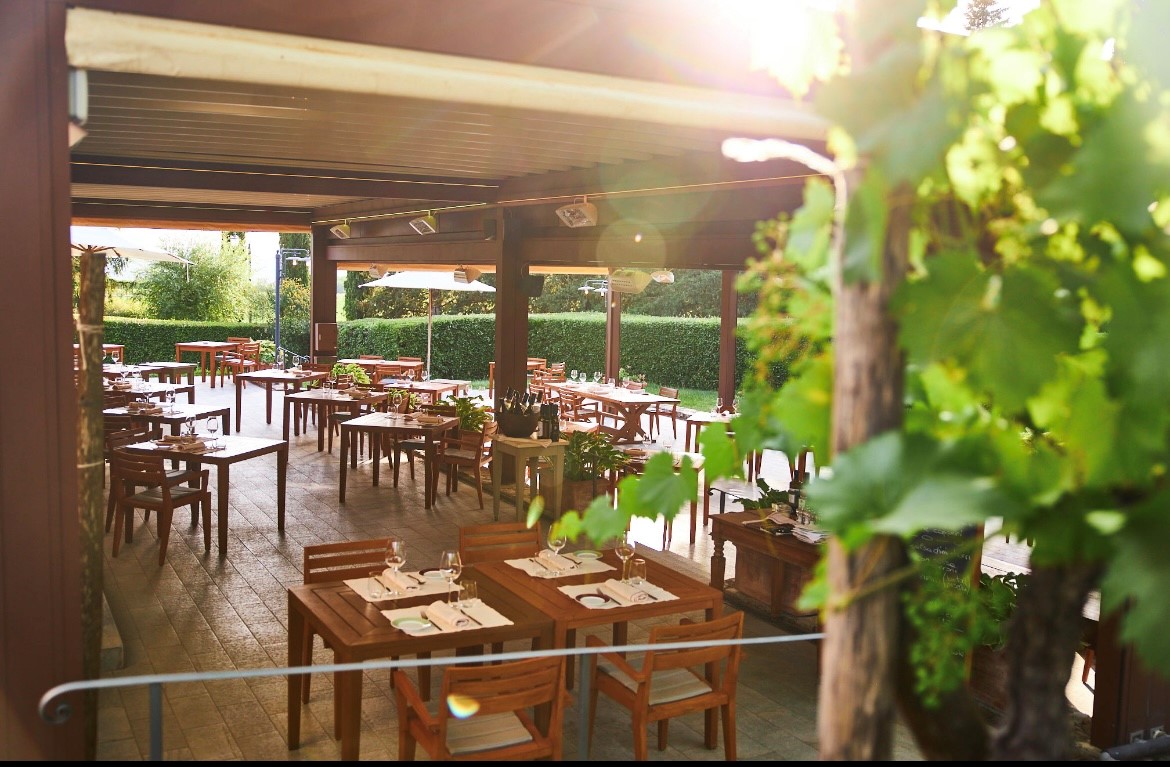
There is something for everyone—guided tours to Tuscan villages and the Palio in Siena, including dinners with the Contrada city neighborhoods and the horse race view from the historic Torre Rocca Bruna. Wine lovers can explore olfactory and sensory tastings at the wine shops in San Felice and Montalcino, where expert wine educators reveal their most authentic secrets for sipping, savoring, and pairing.
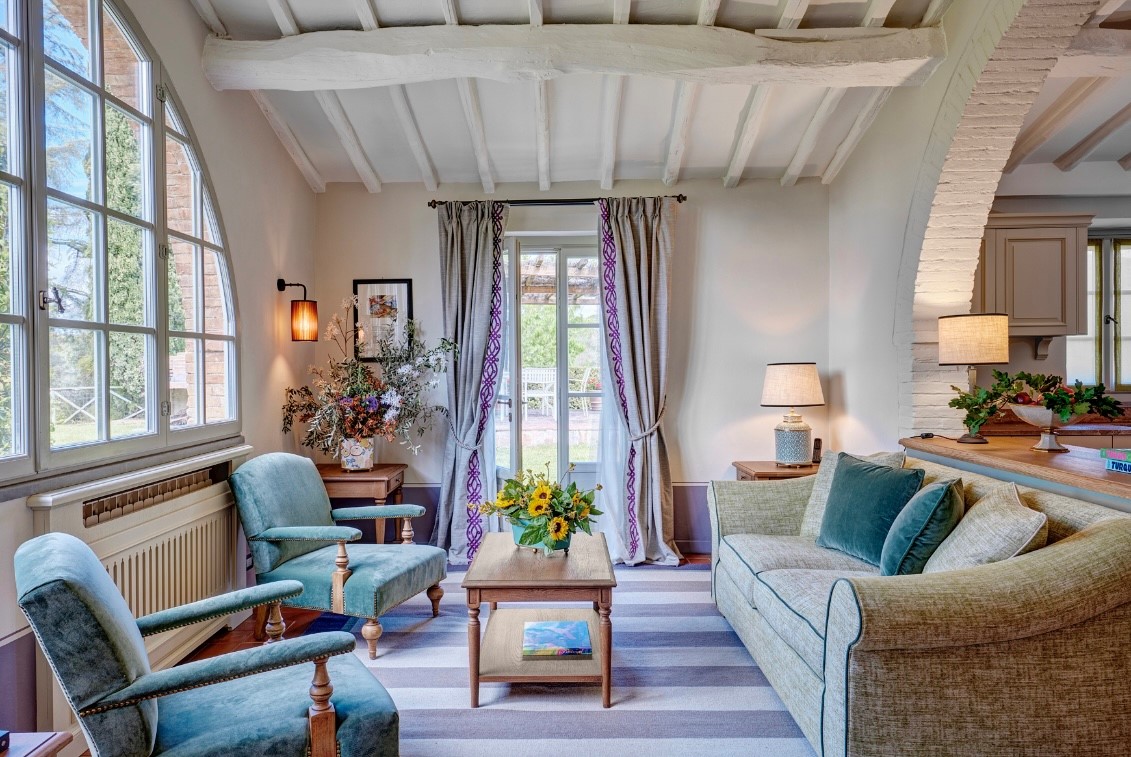
As the luxury hotel forges ahead with sustainable practices, inclusive initiatives, and culinary mastery, Borgo San Felice sets the new standard of “luxury with a purpose.” Guests part with a deeper understanding of local culture and the extraordinary world of truffles hidden beneath the Tuscan countryside.
